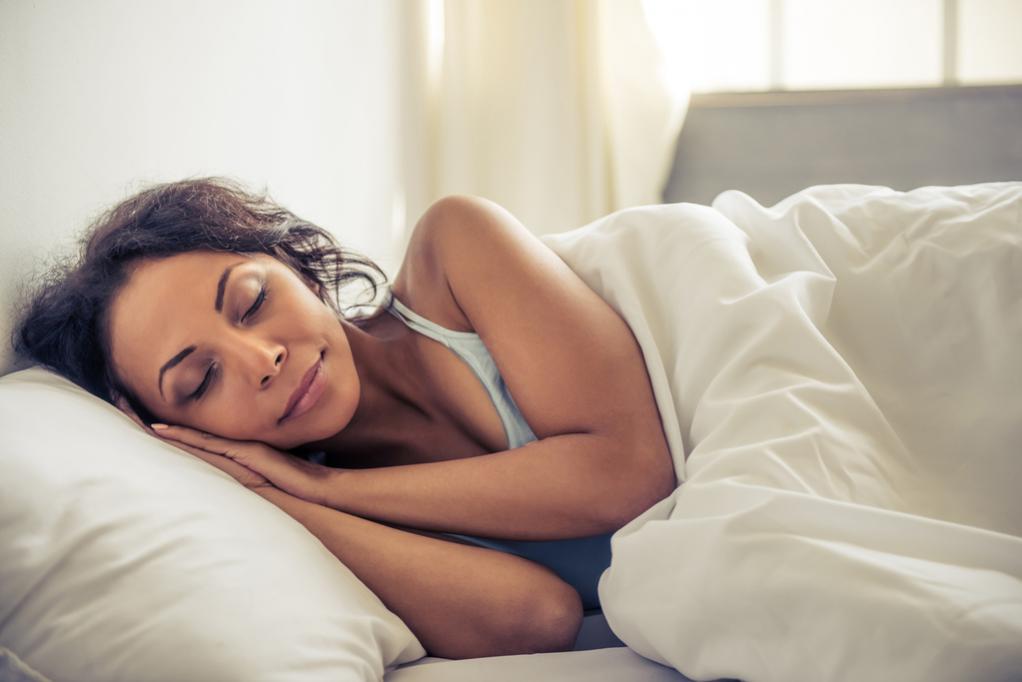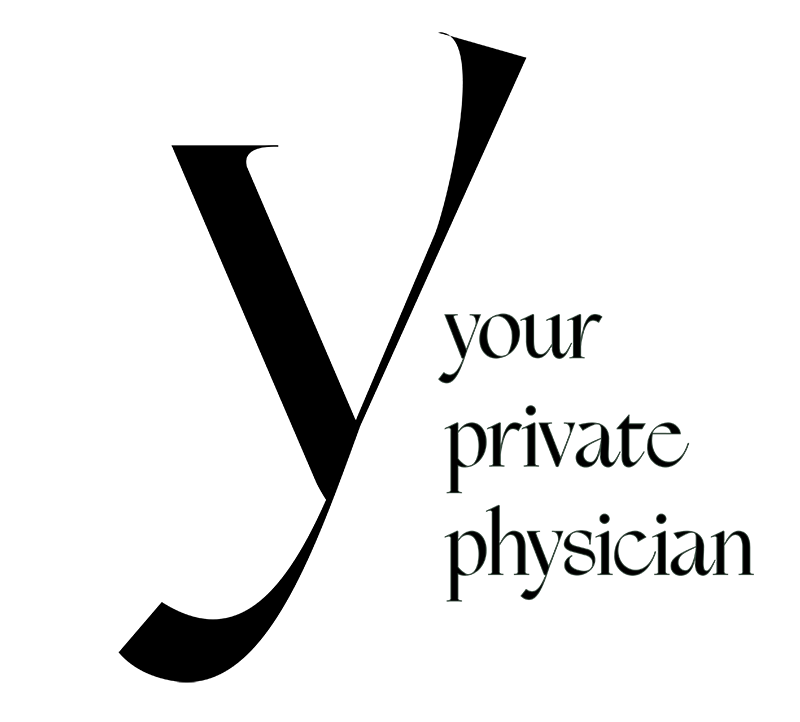Last reviewed Fri 15 September 2017By Lori Smith, BSN, MSN, CRNP Reviewed by Timothy J. Legg, PhD, CRNP
Sleep is a vital component of human health, and the amount of sleep a person needs changes with their age. And, as with other body functions, sleep has patterns.
Some sleep patterns mean a person will sleep once per day while others mean they sleep at intervals. However, the pattern that is most common in a population may or may not be the healthiest option for people.
This inconsistency means some individuals report that they are not getting enough sleep, irrespective of the number of hours they have per night.
This article discusses the type of sleep patterns that are known about, and how they affect a person’s health and sleep hygiene.Fast facts on biphasic and polyphasic sleep:
- A person’s internal circadian rhythm is responsible for their sleep-wake cycle.
- A monophasic sleep pattern is when an individual sleeps once per day, typically for 8 or so hours a night.
- A biphasic sleep pattern is when someone sleeps twice per day, sometimes referred to as a siesta sleeping pattern.
- A polyphasic sleep pattern is when a person sleeps for periods of time throughout the day.
Types of sleep pattern

An individual’s sleep pattern is dependent on their internal circadian rhythm.
People have an internal circadian rhythm, a routine of biological and behavioral processes that roughly occur every day over a 24-hour cycle. Despite this, what is the correct time for a person to sleep per night?
And do we really know what the best and healthiest sleep pattern is for an individual’s overall health and sleep hygiene?
In this article, we learn more about the three types of sleep patterns that are most common. These sleep patterns are described below.
Monophasic sleep
Monophasic sleep is what today’s society would refer to as a “normal” sleeping pattern. There is, however, discussion that this has not always been the case.
This sleep pattern became “the norm” during the industrial revolution’s longer-than-normal hours of working time.
Some argue that since the advent of electricity and increased exposure to bright light, melatonin levels are decreasing, as they would if a person were exposed to sunlight. This can interrupt a person’s sleep-wake cycle and have a negative impact on their sleep durations.The 10 best sleep appsThinking of adjusting, recording, or improving your sleep pattern? See our 10 best sleep apps here to help you do so.READ NOW
Biphasic sleep
Those who practice biphasic sleep typically sleep for a long duration at night, for 5-6 hours, and have a shorter period of sleep or siesta during the day.
The shorter period of rest typically lasts 30 minutes and gives an energy boost to finish the day.
However, a siesta can last for longer, perhaps 90 minutes. An extended siesta of 90 minutes allows a person to have one complete cycle of sleep.
Some say that biphasic sleep is a healthier sleep pattern than a monophasic pattern, and some countries have adopted a biphasic sleep pattern as the normal one.
Another form of biphasic sleep is segmented sleep, which some may refer to as the most natural of all sleeping patterns.
Segmented sleep includes two sleep periods, both of which occur at night. A person experiencing segmented sleep will sleep for 6-8 hours but in two shifts during the night.
Naps may be beneficial and be a more natural way of sleeping.
The suggested benefits of naps include improved memory and learning ability, increased alertness, and an improved mood.
If naps improve health, then is insomnia an actual disorder or a natural form of the sleep-wake cycle?
One theory put forward by historian Roger Ekirch is that before industrialization in the world, it was normal for people to have what was called first and second sleep. This meant that a person would sleep in two segments of time throughout the night with a waking period of about one to two hours in between.
Polyphasic sleep
Polyphasic sleepers can rest 4 to 6 times during a day. These sleep combinations are broken down into categories including:
- Everyman: A long sleep time of around 3 hours with approximately three 20-minute naps throughout the day.
- Uberman: Only 3 hours of sleep per day in the form of six 30 minute naps throughout the day.
- Dymaxion: Only 2 hours of sleep per day, in the form of 30 minute naps every 6 hours.
No one person’s sleep requirements are exactly the same. Some require 8 solid hours of sleep for optimal function. Someone else, however, may lead a productive and healthy life on 5 hours of sleep per night with a short nap or naps during the day.
How to get a better night’s sleep

Using electronic devices just before bed may disrupt someone’s natural sleep pattern.
No matter what a person’s sleeping pattern is, they might want to consult a doctor or sleep expert to decide if it is the best type for them individually.
There are some things that a person can do to improve their sleep hygiene to feel well-rested and refreshed, including:
- exercising regularly and eating a healthful diet
- avoiding foods that are sugary, fatty, processed or have caffeine
- avoiding spicy foods or having caffeine at bedtime
- stopping the use of computers, TVs, cellphones, and other electronic devices at least 30 minutes before bed
- maintaining a dark and quiet sleeping place
- using “white noise,” such as music, a fan, or sound machine
